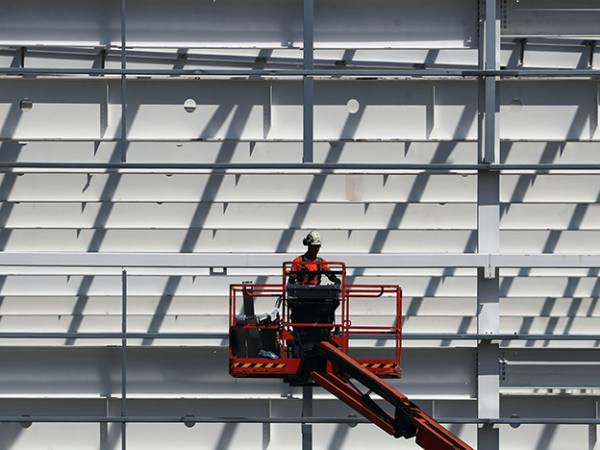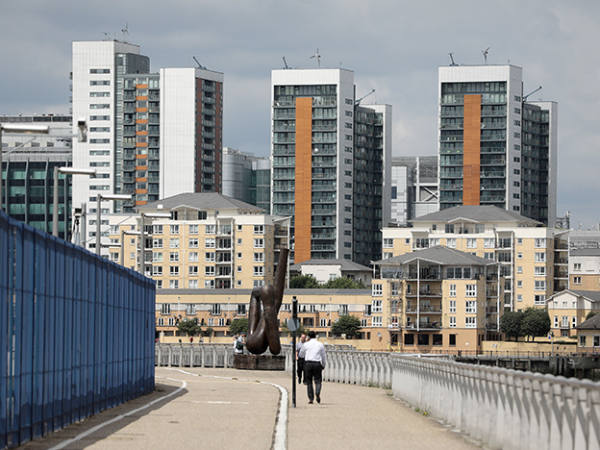Self-storage landlords have been on quite the run over the past few years. Share prices for Big Yellow (BYG), Safestore (SAFE), and Lok’n Store (LOK) all soared at the start of the pandemic as disruption brought on by house moving and lockdowns led to a surge in demand for storage space.
The trio were all trading at sizeable premiums to net asset value last summer, but rising interest rates saw those cut down to size. Even so, they are now among the only listed property companies trading at or around net asset value, given the bulk of the sector trades at a discount. Is the market right to be so confident in them?
For now, Big Yellow remains buoyant as ever. A stabilisation of interest rates led to a stabilisation of values in its interim results posted last month. Revenue rose 6 per cent because of a 5 per cent increase in like-for-like rents, while operating income, which records rental income minus costs and ignores valuation changes, increased as well.
Very promising, but that’s not the whole picture. EPRA earnings per share (EPS), which strips out valuation changes, fell slightly due to increased costs and more issued shares. Sure, the company is making money, but by tapping the equity market for extra funds in October Big Yellow has diluted returns for many of its existing investors.
And that drop in EPRA EPS might not be a one-off but a warning sign. Big Yellow, Safestore and Lok’n Store have all posted falling occupancy rates over the past few years. They all make the same case for their defence: growth. The argument is that a decline in occupancy is an almost inevitable consequence of opening up so many new outlets. Meanwhile, rents are rising, which would imply the demand is still there.
There are two problems with this. First, even if demand is rising, if the cost of opening more outlets increases out of proportion to revenue growth then EPRA EPS may well fall again next year, which in a particularly tough scenario could lead to a dividend cut.
Second, we shouldn't be quick to dismiss rising vacancy rates. After all, the precise dynamics underpinning demand for self-storage, whether strong or weak, are hard to pin down. More home rental activity, more house sales, smaller homes, pandemic-related disruption, immigration, deaths, births – this drives self-storage activity. Predicting the interaction of all these factors can be like trying to forecast the movements of a feather in the wind.
The operators argue that awareness also drives demand and that, as potential occupants in European countries become more aware of the service, they will use it more. They note in relation to this that the US has many times more self-storage units per capita than the UK. But perhaps the reason for that is not that Europeans are unaware of self-storage but that they don’t want it.
Investors should be especially sensitive to this possibility because self-storage leases are not for decades or years but months or weeks. Office demand is plummeting at the moment, but tenants must often wait years for a break clause before leaving. By contrast, someone with their things in storage could pick up their boxes of books and records tomorrow. If demand drops, self-storage operators will feel the pain fast.
The covenant on its leases is not strong either. Someone moving from place to place who needs to stash their belongings is much more likely to default on a payment than a multi-billion-pound company renting a warehouse from Tritax Big Box (BBOX).
Overall, we remain bullish on the sector, but investors should bear in mind its risks. If vacancy keeps rising, there could be trouble in store.











